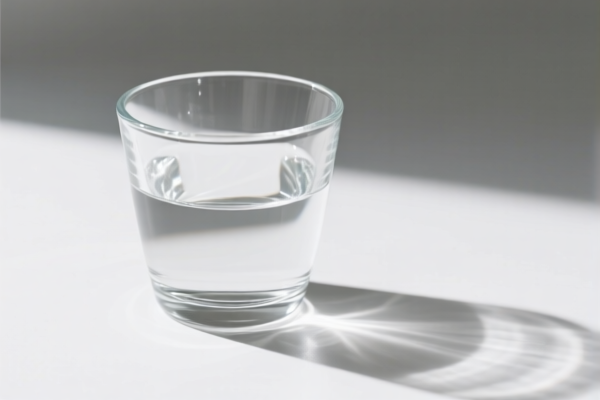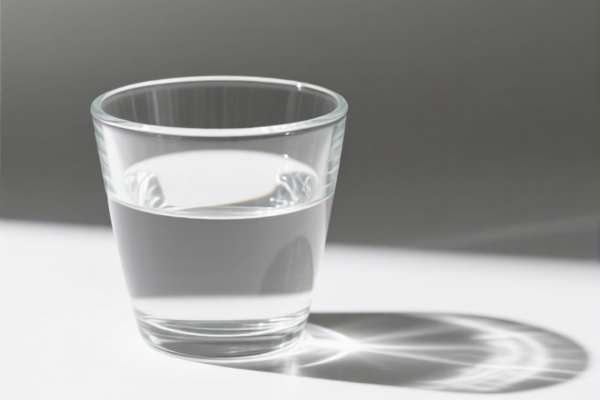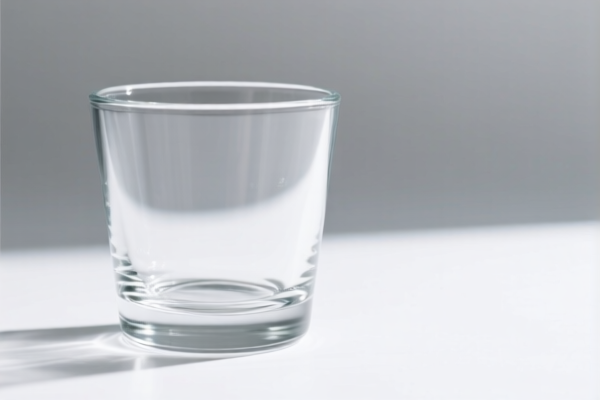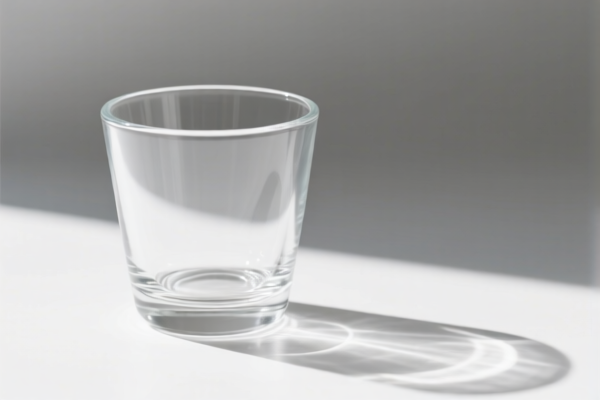| HS Code | Official Doc | Tariff Rate | Origin | Destination | Effective Date |
|---|---|---|---|---|---|
| 3924104000 | Doc | 33.4% | CN | US | 2025-05-12 |
| 3924102000 | Doc | 44.0% | CN | US | 2025-05-12 |
| 7010905005 | Doc | 55.0% | CN | US | 2025-05-12 |
| 7010905055 | Doc | 55.0% | CN | US | 2025-05-12 |
| 7013370500 | Doc | 50.0% | CN | US | 2025-05-12 |
| 7013371010 | Doc | 66.0% | CN | US | 2025-05-12 |
| 6911900050 | Doc | 42.9% | CN | US | 2025-05-12 |
| 6911108010 | Doc | 58.3% | CN | US | 2025-05-12 |
| 6912005000 | Doc | 36.0% | CN | US | 2025-05-12 |
| 6912004810 | Doc | 39.8% | CN | US | 2025-05-12 |




Tea Separation Glass Cup
A tea separation glass cup, also known as a tea infuser cup or tea filter cup, is a drinking vessel designed to brew tea directly within the cup, separating the leaves from the liquid after steeping.
Material
These cups are primarily constructed from glass, typically borosilicate glass due to its high heat resistance and clarity. Other components, such as the infuser basket or lid, may be made from:
- Stainless Steel: Commonly used for the infuser basket due to its durability and resistance to rust. Grades 304 or 316 are preferred for food safety.
- Plastic: May be used for lids or handles, often polypropylene (PP) or tritan. BPA-free plastic is increasingly common.
- Silicone: Used for seals or handles, offering flexibility and heat resistance.
Purpose
The primary purpose is to provide a convenient method for brewing single servings of loose-leaf tea without the need for a separate teapot or infuser. They are intended for individual use and offer a visually appealing brewing process.
Function
The cup functions through a combination of features:
- Brewing Chamber: A designated space within the cup, usually a removable infuser basket, holds the loose-leaf tea.
- Filtration: The infuser basket contains perforations or a fine mesh filter to prevent tea leaves from escaping into the brewed liquid.
- Heat Resistance: The glass construction allows for direct pouring of hot water.
- Insulation (Optional): Some models feature double-walled glass construction for improved heat retention.
Usage Scenarios
- Home Use: Ideal for daily tea consumption, particularly for individuals who prefer loose-leaf tea.
- Office/Workplace: Convenient for brewing tea at a desk or in a break room.
- Travel: Some designs are portable and suitable for travel, especially those with lids and protective sleeves.
- Gift: Often presented as gifts for tea enthusiasts.
Common Types
- Basket Infuser Cups: Feature a removable basket that sits inside the cup. These are the most common type. Basket material varies (stainless steel, plastic).
- Side-Steeping Cups: Have an infuser chamber built into the side of the cup. The tea steeps in the chamber, and a lid controls the flow of liquid.
- Push-Down Infuser Cups: Utilize a plunger mechanism to press the tea leaves to the bottom of the cup after steeping.
- Double-Walled Cups: Offer improved insulation, keeping tea hotter for longer.
- Cups with Lids: Include lids to prevent spills and maintain temperature. Some lids have silicone seals.
- Handleless Cups: Designed without a handle, often with a double-walled construction to provide a comfortable grip.
- Travel Cups: Feature a secure lid and often a protective sleeve for portability.
The declared goods, “tea separation glass cup,” refer to a glass container designed for separating tea leaves from the brewed tea liquid, typically used for individual tea serving. It functions as both a brewing vessel and a drinking cup.
The following HS codes are relevant based on the provided reference material:
- 7013370500: Glassware of a kind used for table, kitchen, toilet, office, indoor decoration or similar purposes (other than that of heading 7010 or 7018): Other drinking glasses, other than of glass-ceramics: Other: Pressed and toughened (specially tempered). This code applies to drinking glasses, specifically those that are pressed and toughened. Given the function of the cup, this is a potential match.
- 7013371010: Glassware of a kind used for table, kitchen, toilet, office, indoor decoration or similar purposes (other than that of heading 7010 or 7018): Other drinking glasses, other than of glass-ceramics: Other: Valued not over $0.30 each Crystalline or non-lead crystal. If the cup is crystalline or non-lead crystal and valued at or below $0.30, this code is applicable.
- 7010905005: Carboys, bottles, flasks, jars, pots, vials, ampoules and other containers, of glass, of a kind used for the conveyance or packing of goods; preserving jars of glass; stoppers, lids and other closures, of glass: Other: Other containers (with or without their closures) Of a capacity exceeding 1 liter: Having a mouth with an outer diameter of
38 mm or more. If the cup has a capacity exceeding 1 liter and a mouth diameter of 38mm or more, this code could apply. - 7010905055: Carboys, bottles, flasks, jars, pots, vials, ampoules and other containers, of glass, of a kind used for the conveyance or packing of goods; preserving jars of glass; stoppers, lids and other closures, of glass: Other: Other containers (with or without their closures) Of a capacity not exceeding 0.118 liter. If the cup has a capacity not exceeding 0.118 liter, this code could apply.
HS Code Breakdown:
- 70: Glass and glassware.
- 10: Carboys, bottles, flasks, jars, pots, vials, ampoules and other containers, of glass.
- 13: Glassware of a kind used for table, kitchen, toilet, office, indoor decoration or similar purposes.
- 37: Other drinking glasses, other than of glass-ceramics.
- 90: Other containers (with or without their closures).
Important Note:
The applicable HS code will depend on the specific characteristics of the “tea separation glass cup,” including its material (e.g., whether it is crystalline or non-lead crystal), its capacity, and its intended use. It is crucial to accurately determine these characteristics to ensure correct classification.
Customer Reviews
No reviews yet.